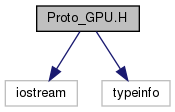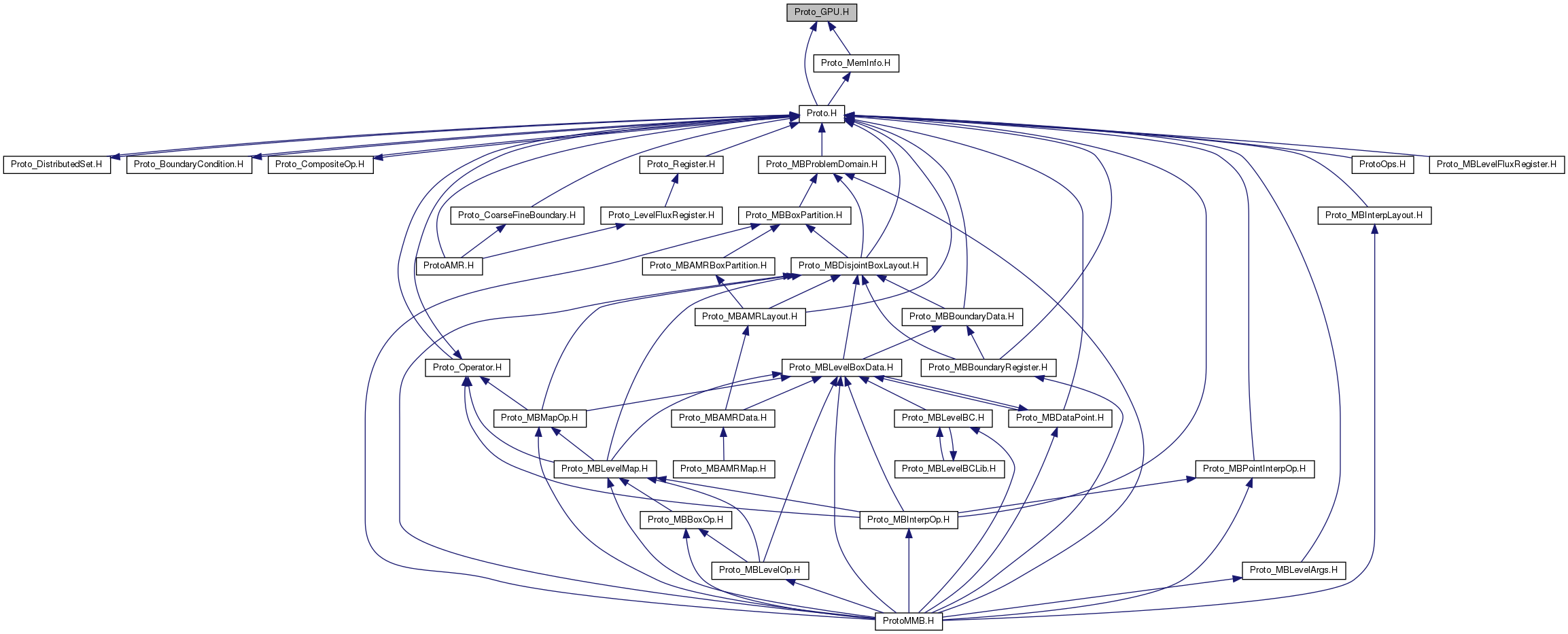#include "iostream"
#include <typeinfo>
Go to the source code of this file.
◆ protoGetCurrentStream
| #define protoGetCurrentStream DisjointBoxLayout::getCurrentStream() |
In general, all calls to cuda have been redefined as macros in order to easily make a switch with hip at compile time. These macros are defined into {Proto_gpu.H}. To use the HIP, you need to include the following flags: {-DPROTO_CUDA} and {-DPROTO_HIP}. Most of cudaNAME functions are renamed protoNAME such as:
{lstlisting}[language=C++,caption={Macro Define}] #if defined PROTO_HIP #define protoMalloc(...) hipMalloc(...) // HIP #else protoMalloc(...) cudaMalloc(...) // CUDA #endif {lstlisting}
In the following sections, you will find the renamed cuda functions and data types. Functions that aren't real cuda Function such as cudaApply or structures such as cudaUglyStruct keep their names. More than 95$%$ of the changes have been made in the Proto.
◆ GPU_CHECK
Value:do \
{ \
protoError_t error = in; \
if(error != protoSuccess) \
{ \
std::cout << protoGetErrorString(error); \
exit(0); \
}\
} while(0)
Data Types / classes.
Referenced by protoLaunchKernelMemAsyncT().
◆ PRINT_KERNEL_NAME_ARGS
| #define PRINT_KERNEL_NAME_ARGS |
( |
|
IN, |
|
|
|
BLOCKS, |
|
|
|
THREADS |
|
) |
| |
◆ PRINT_KER
◆ isDeviceMemory()
template<typename T >
| bool isDeviceMemory |
( |
T * |
ptr | ) |
|
|
inline |
◆ v100tuning()
| void v100tuning |
( |
int |
nbElems, |
|
|
int & |
nbBlocks, |
|
|
int & |
blockSize |
|
) |
| |
|
inline |


 1.8.13
1.8.13